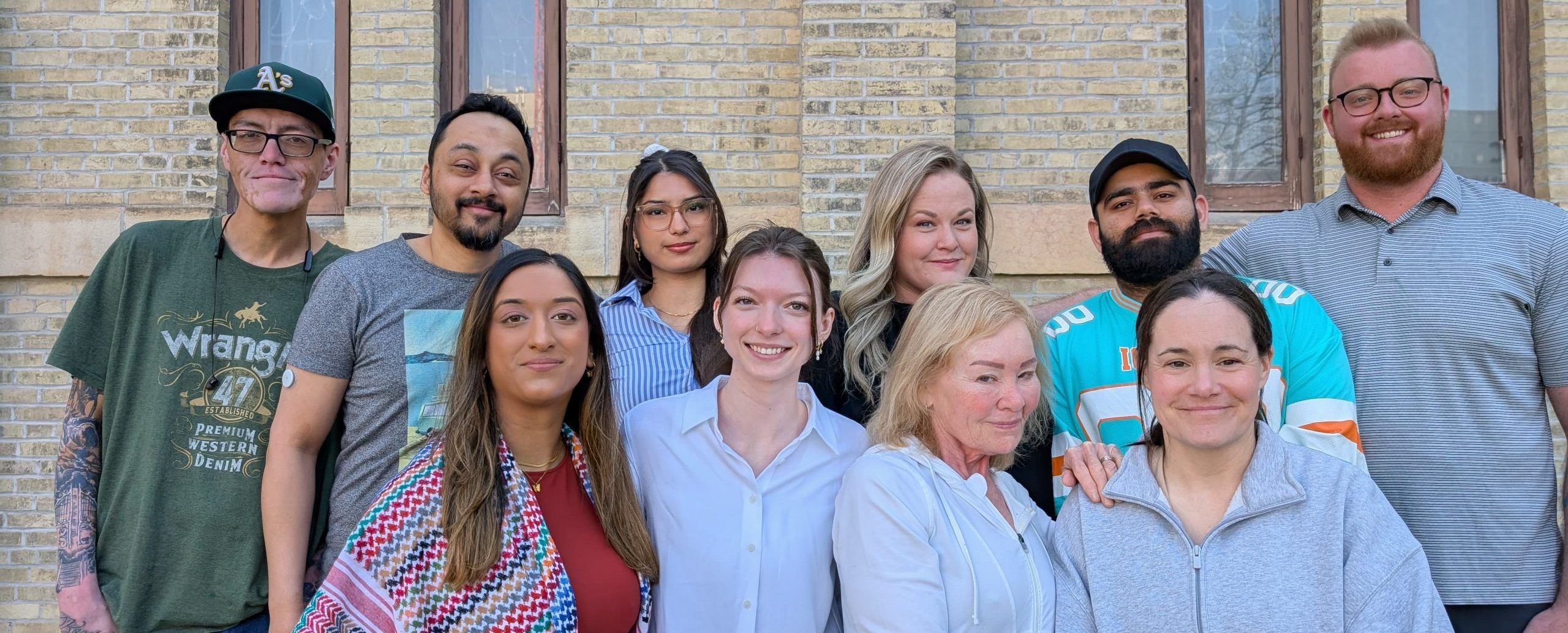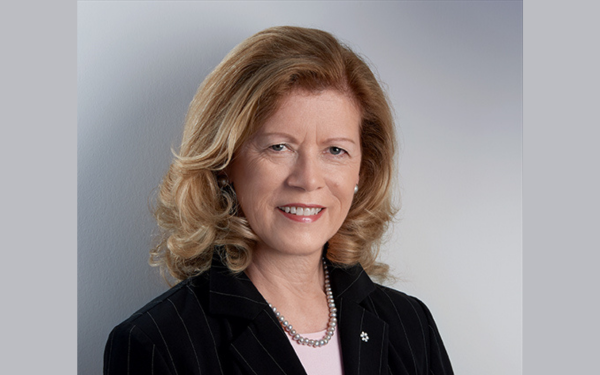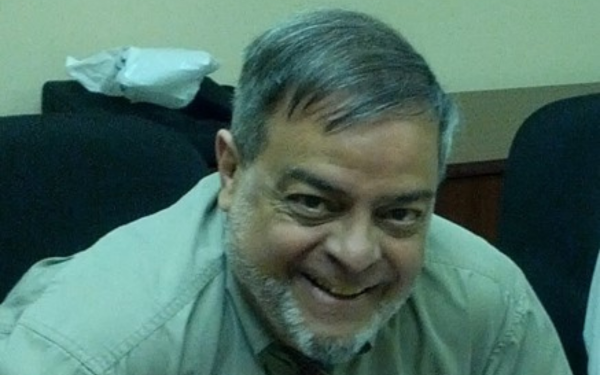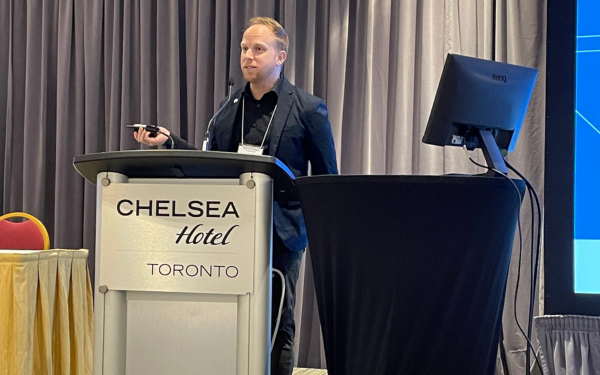From Research to Action: Welcoming the 2025 Fellowship Cohort
By Linxi Mytkolli, Director of Patient Engagement, Diabetes Action Canada
Meet the 10 new Fellows turning diabetes research into real-world tools -supported by global partners, lived experience, and a shared vision for change.
At Diabetes Action Canada, we believe research should be lived, not just read. It should be built with people, shaped by communities, and shared in ways that actually make a difference.
That’s why I’m honoured to introduce our 2025 Research-to-Action Fellowship cohort – a brilliant, community-rooted group of patient leaders from across the country. These 10 Fellows are co-leading 5 knowledge mobilization projects that respond to real gaps in diabetes care, education, and equity.
It All Started in Winnipeg
Our Fellows began their journey together this May at the National Indigenous Diabetes Association (NIDA) Conference in Winnipeg. More than a kickoff, it was a powerful gathering of community, culture, and connection. For many, it was their first time meeting in person and stepping into this leadership role.

Fellows gather at the NIDA Conference -their first event as a cohort.
Application Journey
This year, we received over 120 applications from across the country – including from people as young as 15 and as experienced as 70+. Applications reflected all forms of experience with diabetes: lived, loved, laboured, and learned.
Applications were reviewed by a community selection committee made up of individuals with lived and loved experience of diabetes, as well as alumni from last year’s Fellowship cohort. Their role was clear: evaluate not just for potential, but for purpose.
The projects you’ll read about below weren’t chosen at random. Each theme emerged from our 2024 community consultations, where patient partners named the issues that mattered most: stigma, misdiagnosis, digital health, women’s health, and science made simple.
A Global Circle of Support
This year’s partner organizations span multiple continents,from Indigenous-led care networks in Canada to research hubs in Australia and the U.S.
These organizations are not just collaborators – they are co-designers. Together with our Fellows, they’ll help build tools that are usable, shareable, and rooted in both evidence and empathy.
Meet the 2025 Project Teams
Each Fellowship team is co-leading a project that transforms research into community-informed action.






Cell Therapy 101
Fellows: Alex & Emily
Partner: Alberta Diabetes Institute (Canada)
Focus: Translating stem cell research into plain-language tools that clarify what cell therapy is -and what it could mean for the future of diabetes care.
AID 101: A Beginner’s Guide to Looped Systems
Fellows: Amanda & Najeeb
Partner: Children with Diabetes (United States)
Focus: Supporting people new to diabetes tech with a beginner’s guide to automated insulin delivery (AID), written in accessible, community-centered language.
Advocacy for the Right Diabetes Diagnosis
Fellows: Jeremy & Anmol
Partner:Indigenous Diabetes Health Circle (Canada)
Focus: Creating a tool to support Black and Indigenous communities in navigating misdiagnosis and advocating for accurate care.
Women’s Health and Diabetes: A Resource for Every Life Stage
Fellows: Maryann & Wajeeha
Partner: Tidepool (United States)
Focus: Developing a resource that centers women’s diabetes experiences through key life stages like puberty, pregnancy, and menopause.
Challenging Diabetes Stigma
Fellows: Fizza & Britt
Partner: Australian Centre for Behavioural Research in Diabetes (Australia)
Focus: Using storytelling, education, and lived experience to confront harmful diabetes narratives and reduce stigma in everyday life.
“This Fellowship is about making research feel human – not just numbers or studies, but stories that reflect us.”
This Fellowship isn’t just about learning – it’s about leading. Fellows are paid for their time, supported by mentors, and equipped with tools in science communication, co-design, policy advocacy, and more.
Rather than asking patient partners to adapt to research, we ask research to adapt to them.
What’s Next?
Over the summer, Fellows will attend monthly trainings and mentorship meetings to shape their projects. In July, they’ll host co-design sessions to gather feedback from their communities -a chance to build with, not just for.
By fall, their projects will launch publicly -showcased at national conferences, online, and through community events.
Stay Connected
We’ll be spotlighting each project and partner org over the coming weeks. Want to follow along?
To our 2025 Fellows: we’re so grateful to walk this journey with you.
To our community: thank you for showing us what matters.
Let’s keep turning research into action – together.







